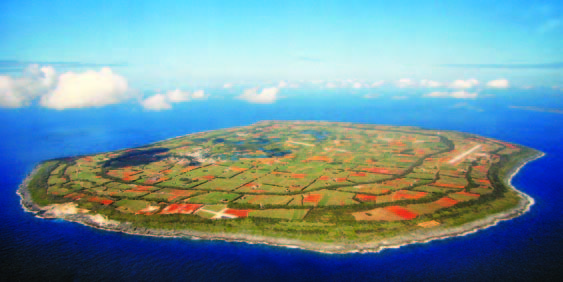Lithology, Rock Relief and Karstification of Minamidaito Island (Japan)
DOI:
https://doi.org/10.3986/ac.v46i1.2022Keywords:
Minamidaito Island, lithlogy, coral dolomitized limestone, rock relief, coastal karren, karstification, vegetationAbstract
Minamidaito Island is a karstified coral island located on the Philippine plate. Karstification periods occurred during the end of the Pliocene, in major part of the Pleistocene, and in the Holocene. The first period of karstification can be observed in the lower Daito dolomitized limestone (5 Ma and 4 Ma); the karstification seems to have occurred as a result of sea level change caused by the cooler conditions of the paleoclimatic environment. Geological studies were performed to study reef carbonates in detail. Among them, biointrasparite limestone of framestone and bafflestone types with transitions to grainstone and dolomitized biointrasparry limestone of framestone and bafflestone types dominate. Calcimetric analyses established that in certain locations the distribution of limestone and dolomite differs from the distribution previously described. Rock relief reveals the unique formation of coastal karren, the development of the surface in the interior of the island, and the most characteristic periods of cave development.
Key words: Minamidaito Island, lithlogy, coral dolomitized limestone, rock relief, coastal karren, karstification, vegetation.
Downloads

Downloads
Published
How to Cite
Issue
Section
License
Authors guarantee that the work is their own original creation and does not infringe any statutory or common-law copyright or any proprietary right of any third party. In case of claims by third parties, authors commit their self to defend the interests of the publisher, and shall cover any potential costs.
More in: Submission chapter




